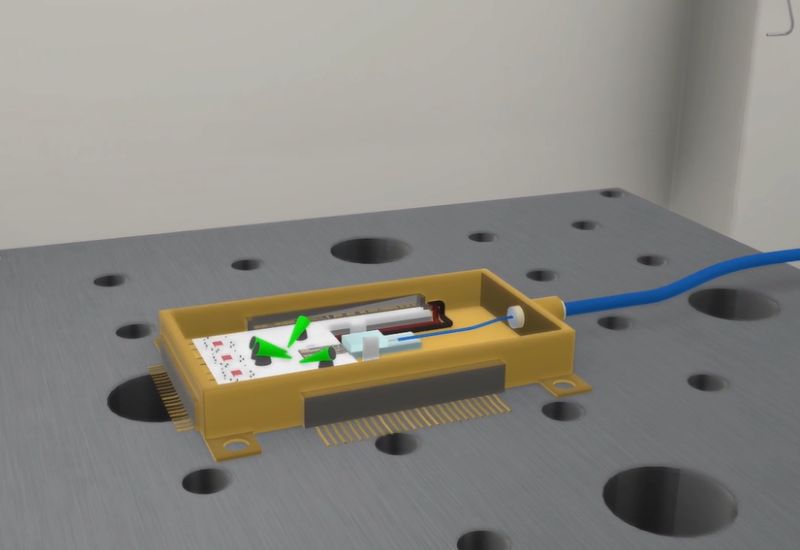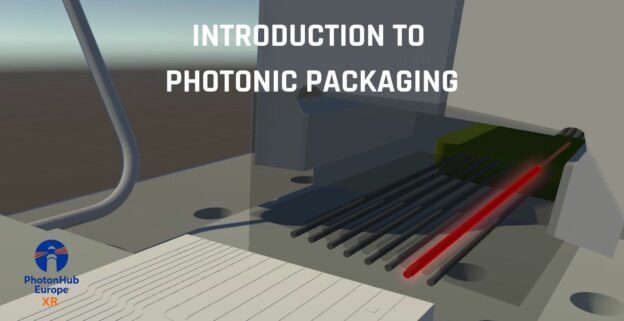Course Objectives
Understanding Components:
Differentiating between key components like the transmitter (TX) and receiver (RX), and explaining their functions – the transmitter with a laser for sending light and the receiver with a detector for receiving light.
Component Visualisation:
Using 3D views and animations to illustrate the components of the package, emphasizing the importance of simplicity and clarity in the presentation to avoid overwhelming learners with too much detail.
Focus on Packaging, Not Design:
Clarifying that the tutorial’s focus is on the packaging aspect, not on circuit design or the photonic integrated circuit (PIC) itself.
System Integration:
Highlighting the importance of integrating the package into a larger system, such as mounting it on a board, and discussing the design process from both the chip and the board perspectives.
Exploring Package Types:
Discussing different types of packages, with a focus on a specific example like a transceiver, and explaining terms like “Cova metal package” and “hermetic package.”
Technical Specifications:
Delving into specifics like the use of ceramic for high-frequency applications and the challenges in designing components that operate at high frequencies (e.g., 25 gigahertz and beyond).
Component Design Challenges:
Discussing the complexities and expenses involved in designing and manufacturing components, especially the gold parts of the package.
Signal Integrity:
Explaining the challenges in ensuring signal integrity, both for light and electrical signals, and the importance of proper design to prevent signal loss or reflection.
Comprehensive Overview:
Providing a holistic view of the packaging process, including the assembly and integration of various components, and how they fit together in the final product.
Preparation for Advanced Tutorials:
Setting the stage for more detailed tutorials, ensuring that learners have a solid foundational understanding of photonic packaging before moving on to more complex topics.


